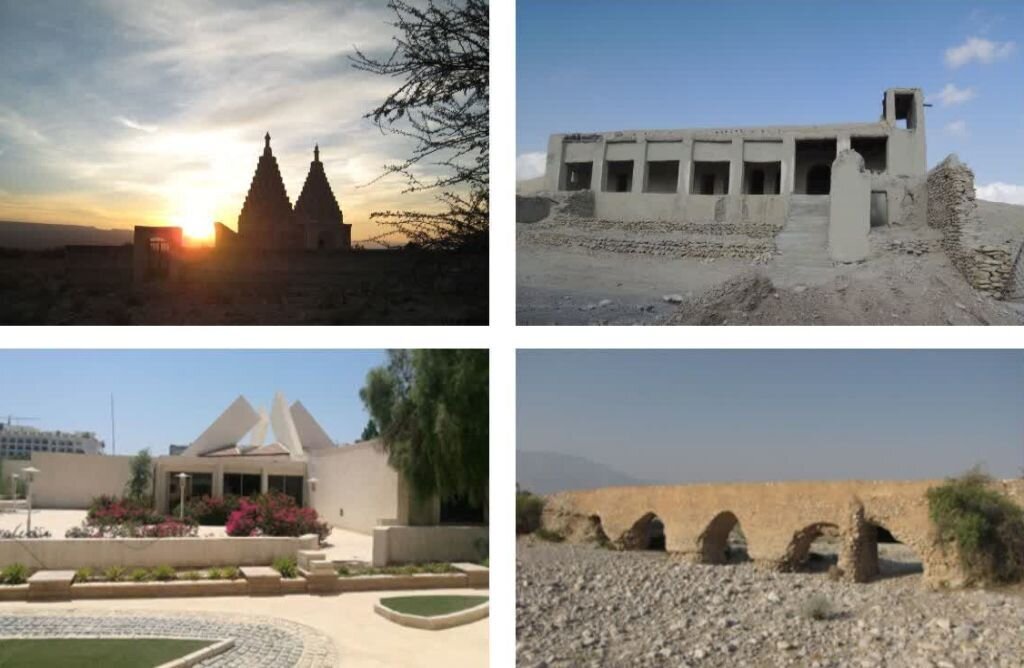Sassanid town in southern Iran named national heritage

TEHRAN – The historical town of Siba, which is situated in the Kukherd district of Iran’s Hormozgan province, has gained a national status to receive better maintenance and care.
The historical town of Siba, which is located in the Kukherd rural district in Bastak county, has been registered on Iran’s cultural heritage list, the provincial tourism chief said on Sunday.
Siba is home to an ancient hydraulic structure and arrays of ruined structures, castles, and fortresses, Mohammad Mohseni said.
In addition to the historical town, a former administrative structure, a bridge, and an edifice were added to the prestigious list, the official stated.
Siba fortress and a neighboring bathhouse are among the most remarkable examples of the cited Sassanid structures surrounded by a trench in the ancient town.
The history of Siba fortress was the center of government in that area. It acted as a fortified military base for some time and was surrounded by a huge trench for protection. A trench was an ancient defensive strategic feature to defend the cities, castles, and forts in Persia before the Islamic era. The gigantic structure was considered a traditional defensive ancient landmark like other landmarks at that time, such as huge city gates, cellars, security tunnels, and underground military storage.
The bathhouse was built adjacent to a natural hot spring, during the Sassanid era. It served Sassanid government officials, the merchants from nearby seaports and desert caravan routes, and the public.
The Sassanid era is of very high importance in the history of Iran. Under Sassanids, Persian architecture and arts experienced a general renaissance. Architecture often took grandiose proportions, such as palaces at Ctesiphon, Firuzabad, and Sarvestan, which are amongst the highlights of the ensemble.
Generally, a Sassanid archaeological landscape represents a highly efficient system of land use and strategic utilization of natural topography in the creation of the earliest cultural centers of the Sassanid civilization.
In 2018, an ensemble of Sassanian historical cities in southern Iran, titled “Sassanid Archaeological Landscape of Fars Region”, was named a UNESCO site.
AFM
